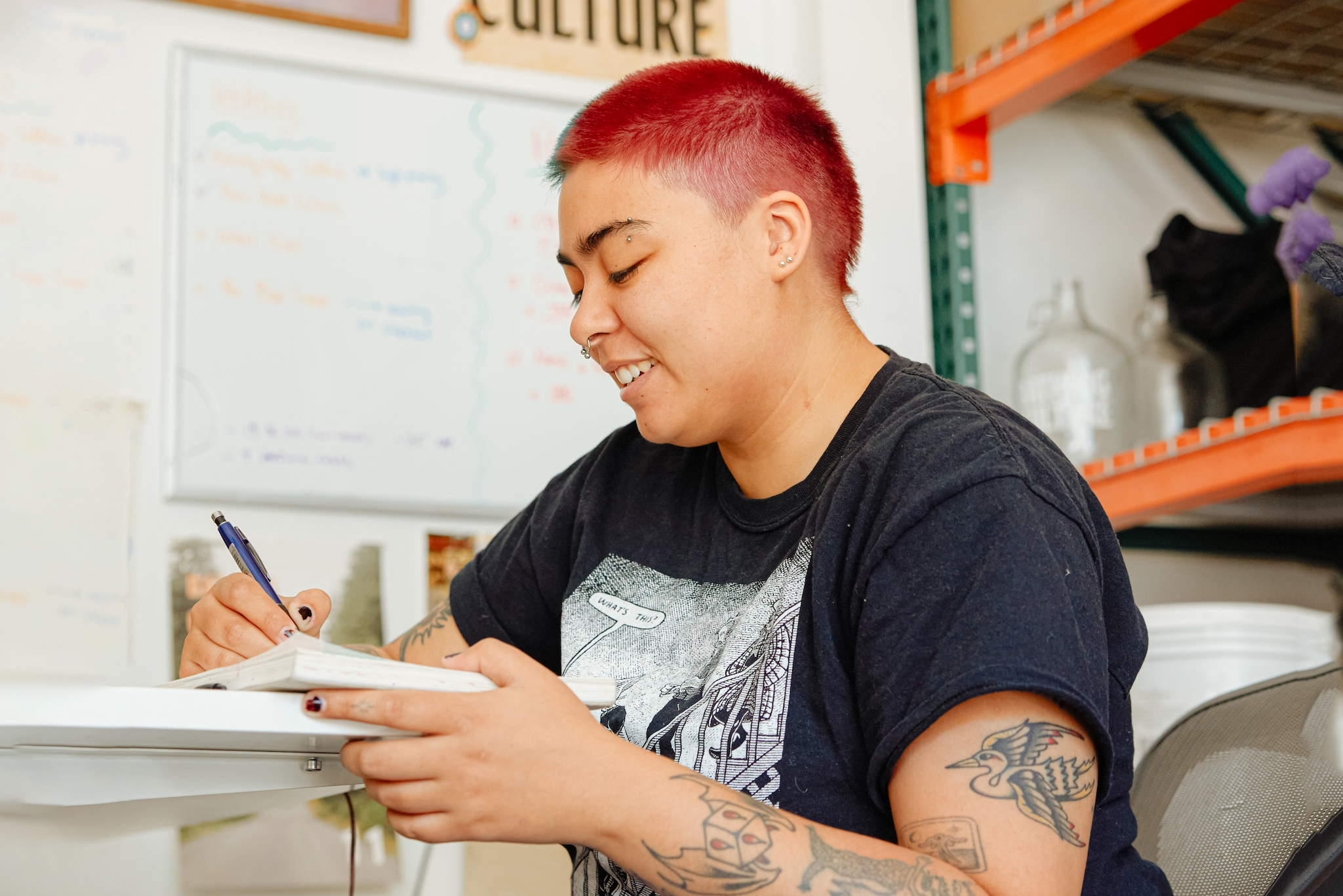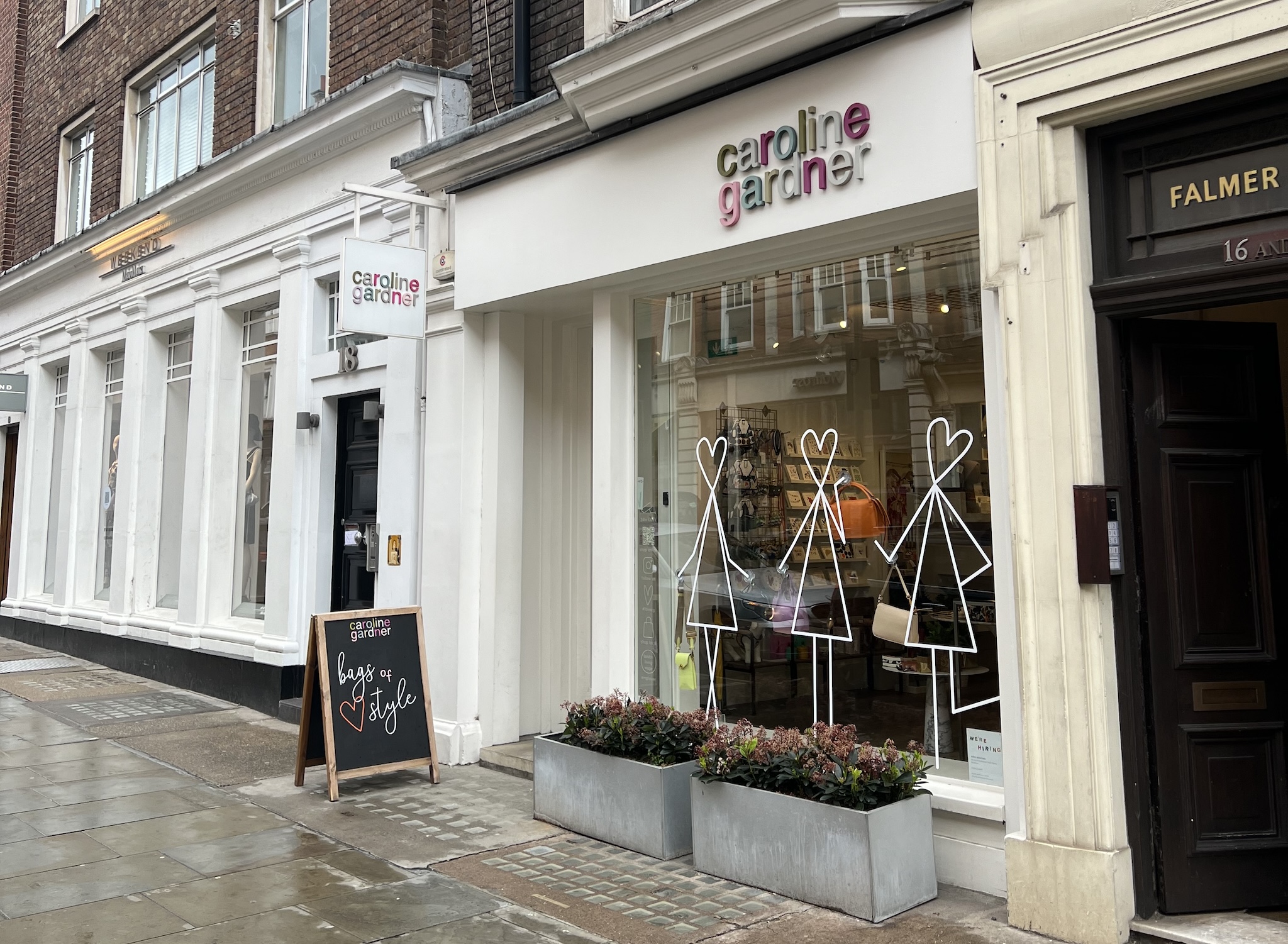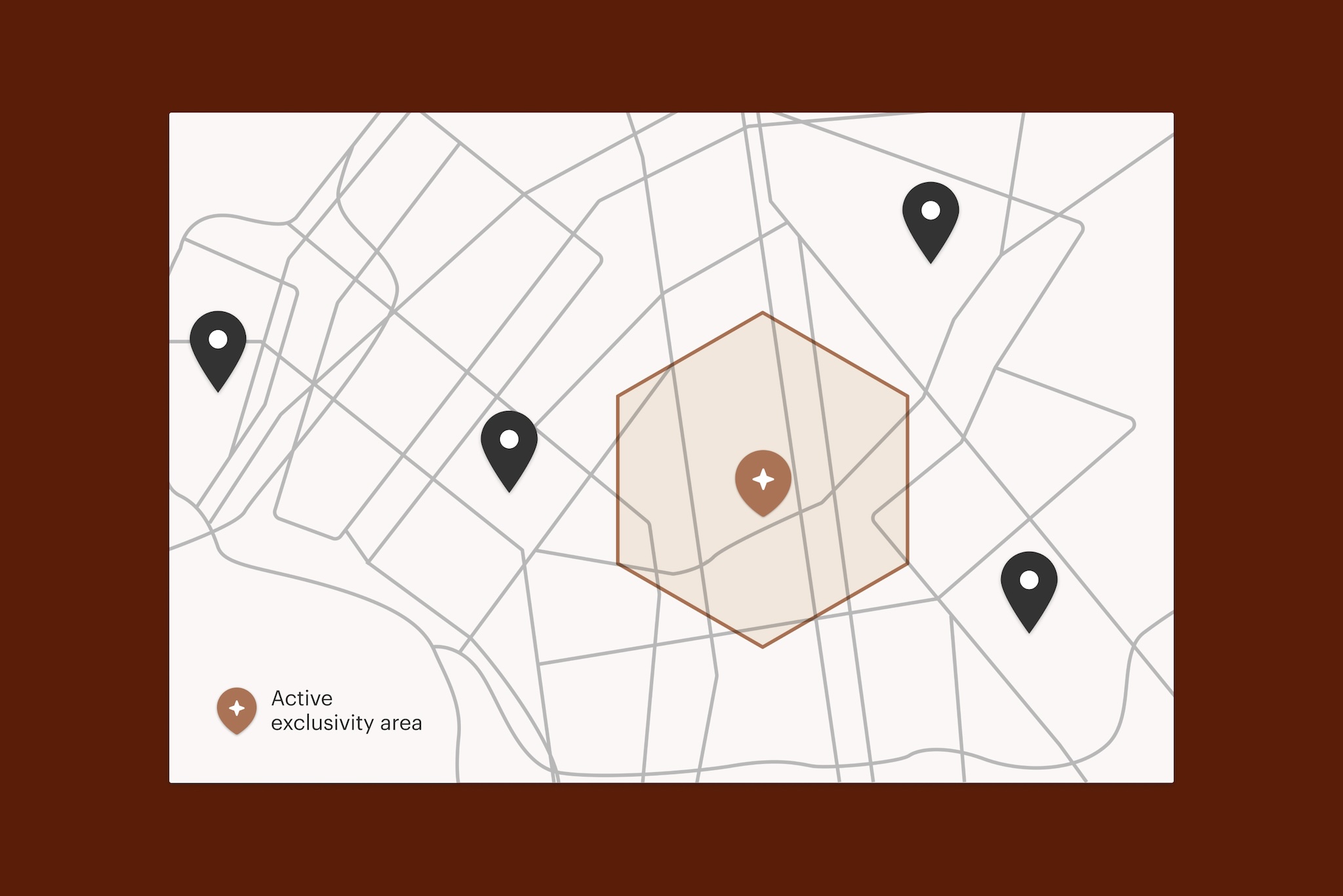

Some consumers might assume most people shop online, but that’s far from the truth. In fact, 74% of March 2023 UK retail sales take place in-store. Building local communities is still really important for brick-and-mortar retailers, and the wealth of new technology has made this even easier. Enter email.
It’s more important than ever for retailers to collect shopper email addresses, even in person – does anyone else fondly remember the notepad at the till?
Having that digital line of communication with customers helps you stay front-of-mind and build lasting relationships with shoppers. This is invaluable in today’s fiercely competitive retail landscape. More than that, shoppers expect you to email them. One study revealed that 62% of shoppers prefer to receive communication from retail brands via email – higher than any other channel.
You’re probably wondering two things right now:
- How do I get shoppers to give me their email addresses?
- What do I do with the email addresses when I have them?
Luckily, you’re in the right place. We’ve compiled a handy guide to collecting customer email addresses and how you can create email sequences that benefit your brick-and-mortar store.
How to get in-store shoppers on your email list
Before you can send out any emails, you need a list of email addresses (also known as subscribers). Here are some ways you can do that.
- Ask at the checkout: If someone is actively shopping in your store, there’s already very high brand interest and, therefore, a strong possibility that they’ll want to hear more from you. Ask if they’d like to join your mailing list for exclusive deals and first dibs on new products.
- Offer an incentive: Collect email addresses in exchange for something valuable. This might be 10% off a shopper’s next purchase, special offers for email subscribers, early-bird opportunities or a free gift.
- Host an in-store event: Get shoppers together at a real-life, physical event and take the opportunity to collect email addresses from people who have a very positive view of your store.
- Promote a loyalty programme: Encourage shoppers to join a loyalty programme where they can unlock benefits the more they buy. Ask for their email address to keep them updated on their loyalty status.
- Run a referral programme: Ask shoppers to refer your store to their friends and family to receive a special offer or incentive. Collect their email addresses when you do so to keep them in the loop.
Add a note to in-store receipts: Get creative! Share a sign-up link on receipts, carrier bags or product packaging.
6 types of email that will benefit your brick-and-mortar store
Once you’ve started to collect email addresses, it’s time to open a line of communication. Remember, shoppers are expecting it.
Sure, there are many complex things you can do with fancy email tools and powerful automation, but let’s keep this easy. Here are some basic emails that are simple to put together but wildly effective.
1. Welcome emails
First impressions are everything – and while a shopper will have had their “true” first impression in-store, your very first email will continue to build on that. This is your chance to say hello, remind shoppers who you are and foster the beginnings of a long-term relationship.
And if you’re feeling a bit gun-shy on hitting that send button, let this stat reassure you: 74.4% of customers expect a welcome email when they subscribe. Don’t disappoint them!
Here’s some inspiration for your welcome emails:
- Introduce your brand
- Share your story about how and why you got started
- Show your appreciation and thank people for signing up
- Highlight what kind of emails people can expect from you
- Offer a discount or a little goodie to sweeten the deal
- Share links to some of your most valuable online resources
2. Product launch emails
Worried about launching your latest product to the sound of crickets? Email is a great way to inform existing customers that you have something new to offer them. Even better, these are people who have actively bought from you in the past or who have shown a vested interest in your store and products, so there’s a very good chance they’ll be interested in any new products.
You can send a simple email to subscribers announcing the launch of a new in-store range, or you can create a launch series that gets them excited about it. Again, you can offer an early-bird incentive to those on your email list or even invite them to an exclusive launch party.
3. Abandoned cart emails
Abandoned cart emails lean heavily on the e-commerce side of things, but that doesn’t mean you can’t integrate them into your brick-and-mortar email marketing strategy. If you do sell products online, they’re an easy way to remind shoppers that they have something in their basket. In fact, abandoned cart emails have high open rates in comparison to other types of email and are instrumental in recovering lost (or forgotten) sales.
There are many reasons a shopper might have abandoned their cart. Research by Barilliance reveals that unexpected shipping costs, additional checkout hurdles (like needing to create an account) and concerns about payment security are the top three reasons. You can counter these with an abandoned cart email that reassures shoppers and gives them the confidence (and the reminder!) to finish their purchase.
Here are some ways you can spruce up your abandoned cart emails:
- Offer a discount if a shopper continues on to checkout
- Invite the shopper to come and see the product in-store
- Share similar product recommendations
- Answer FAQs about the product to tackle any niggling doubts
- Provide social proof in the form of reviews, testimonials, and shopper videos and photos
The latter might be higher effort, but it’s also high reward. By asking customers to create video testimonials, you enhance customer reviews and encourage future buyers to feel more confident in completing their purchase.
4. Special event emails
Events are a helpful tool to build relationships with shoppers and grow local visibility for your store. And you can collect customer email addresses while you’re at it. As well as sending event invites to existing subscribers, you can set up a “subscribe stand” at your event where you can encourage more people to sign up for your email list.
5. Newsletters
Keep shoppers in the loop with regular email newsletters. Think of these as letters to your best customers to keep an open line of communication. Newsletters are a great way to stay front-of-mind and continue to deliver value even when a shopper hasn’t bought from you in a while. Just remember: When they are ready to buy, you’ll be the first store they run to.
There are plenty of fun things you can do with your newsletter – here’s some inspiration:
- Share your latest content and resources
- Interview makers and local businesses
- Go behind the scenes of your business
- Run giveaways and competitions
- Spotlight a “product of the month”
- Run flash sales
6. Product recommendation emails
It’s a lot harder to track in-store customer behaviour to serve personalised product recommendations than it is online, but it’s not impossible. When a customer signs up to your email list in-store, you can ask them to choose what types of products they’re most interested in, or you can make a note of their purchase and use that information to send emails based on that purchase.
Obviously, this can be time-consuming. The easier option is to ask for personal preferences once a shopper has signed up for your list. You can ask them to choose their favourite products in your welcome email or send them a quick questionnaire to find out more about their likes and interests. Position this as a win-win for everyone – they’ll only receive emails that are relevant to their interests.
Getting started with your brick-and-mortar email marketing
Email is becoming an increasingly important form of communication between stores and their customers – both online and offline. Use these different types of emails to maintain a connection with shoppers, stay front-of-mind and create a community around your store. Don’t forget to collect email addresses, too. You can start small by asking in-store shoppers to sign up, adding a link to receipts and other ephemera, or encouraging event attendees to subscribe.




